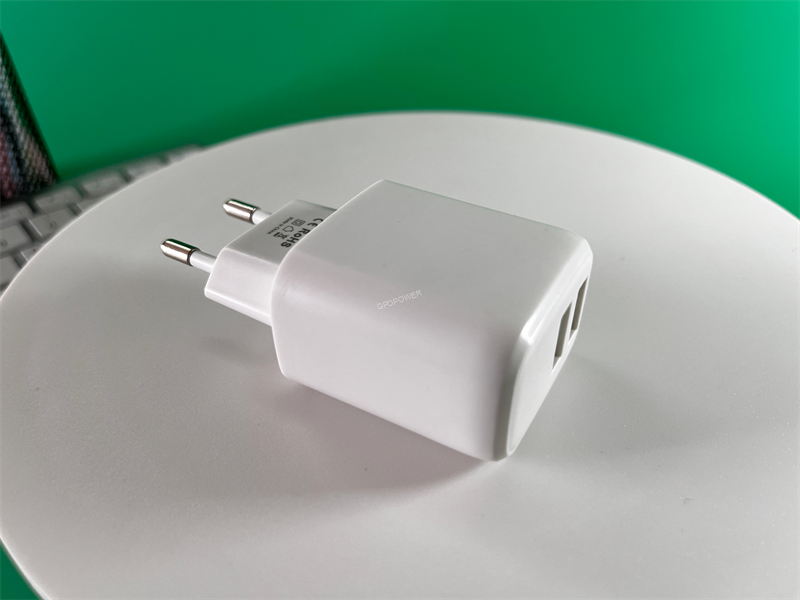Table of Contents
How to Diagnose and Repair Common Issues with 5V Chargers
When it comes to charging your devices, a 5V charger is a must-have. But what happens when your 5V charger stops working? Don’t worry, diagnosing and repairing common issues with 5V chargers is easier than you think. Here’s how to get your charger up and running again in no time. First, check the power source. Make sure the outlet you’re using is working properly and that the power cord is securely plugged in. If the power source is fine, then move on to the charger itself. Check the cable for any signs of damage, such as fraying or exposed wires. If the cable is damaged, replace it with a new one. Next, check the charger’s output. Use a multimeter to measure the voltage output of the charger. If the voltage is lower than 5V, then the charger is faulty and needs to be replaced. If the voltage is correct, then the issue may be with the device you’re trying to charge. Try plugging the charger into a different device to see if it works. Finally, if the charger is still not working, then it may be time to open it up and take a look inside. Check for any loose connections or damaged components. If you find any, then you may need to replace them. If you’re not comfortable doing this yourself, then take the charger to a professional for repair. By following these steps, you can diagnose and repair common issues with 5V chargers quickly and easily. So don’t let a faulty charger stop you from staying connected – get it fixed and get back to charging your devices in no time.Troubleshooting Tips for Resolving Problems with 5V Chargers
1. Check the power source: Make sure the power source is providing the correct voltage and amperage. If the power source is not providing the correct voltage, the charger will not work properly. 2. Check the cable: Make sure the cable is securely connected to both the charger and the device. If the cable is loose or damaged, it may not be providing the correct amount of power. 3. Check the device: Make sure the device is compatible with the charger. If the device is not compatible, it may not be able to draw the correct amount of power from the charger. 4. Check the charger: Make sure the charger is in good working condition. If the charger is damaged or not working properly, it may not be able to provide the correct amount of power.
5. Check the environment: Make sure the environment is not too hot or too cold. Extreme temperatures can affect the performance of the charger.
4. Check the charger: Make sure the charger is in good working condition. If the charger is damaged or not working properly, it may not be able to provide the correct amount of power.
5. Check the environment: Make sure the environment is not too hot or too cold. Extreme temperatures can affect the performance of the charger.

